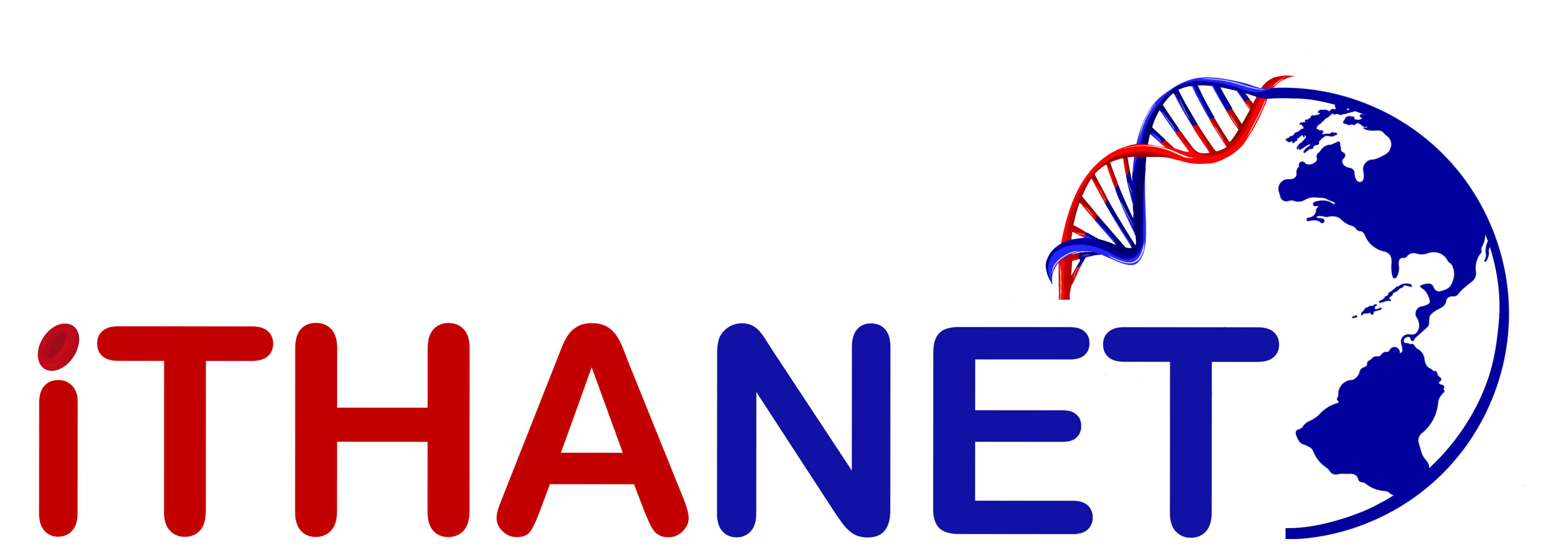
GeneID: 174
Names
| Common Name: | F5 | Type: | Gene |
|---|---|---|---|
| Chromosome: | 1 (NC_000001.11) | Locus: | NG_011806.1 (F5) |
| HUGO Symbol: | F5 | Full Name: | Coagulation factor V |
| Exons: | 25 | Introns: | 24 |
Description:
The F5 gene encodes coagulation factor V, an essential cofactor in the blood coagulation cascade. Factor V circulates with little or no activity in the blood (procofactor) and is cleaved by thrombin to the active form, factor Va (cofactor). Binding of factor Va and factor Xa on membrane phospholipids (phosphatidylserine molecules) promotes their assembly into a prothrombinase complex and enhances the proteolytic activity of factor Xa, which catalyzes the conversion of the zymogen prothrombin to the enzyme thrombin (active serine protease). The latter converts fibrinogen into long strands of insoluble fibrin, which facilitates clotting of blood at the site of vascular injury. The thrombin that catalyzes the initial activation of factor V is released by the prothrombin pathway that involves the factor Xa alone. Furthermore, thrombin interacts with thrombomodulin to activate protein C (natural anticoagulant). The activated protein C inactivates factor Va, dampening thrombin formation and in turn inhibiting acute inflammation triggered by coagulation. Defects in the F5 gene result in either an autosomal recessive hemorrhagic diathesis or an autosomal dominant form of thrombophilia, which is known as activated protein C resistance. The Factor V Leiden (FVL) mutation is associated with resistance to activated protein C, leading to increased tendency towards coagulation (hypercoagulability disorder) that may clinically manifest as venous thromboembolism. Although evidence is conflicting, studies conducted among Brazilian sickle cell disease (SCD) patients revealed a non-significant association between this variant and vascular complications (e.g., thrombosis, stroke, and avascular necrosis) of SCD.
Synonyms: FVL , PCCF , THPH2 , RPRGL1
Comments:
N/A
Number of entries/variants: 1
Publications / Origin
- Kane WH, Mruk JS, Majerus PW, Activation of coagulation factor V by a platelet protease., J. Clin. Invest. , 70(5), 1092-100, 1982
- Kalafatis M, Egan JO, van 't Veer C, Cawthern KM, Mann KG, The regulation of clotting factors., Crit. Rev. Eukaryot. Gene Expr. , 7(3), 241-80, 1997
- Andrade FL, Annichino-Bizzacchi JM, Saad ST, Costa FF, Arruda VR, Prothrombin mutant, factor V Leiden, and thermolabile variant of methylenetetrahydrofolate reductase among patients with sickle cell disease in Brazil., Am. J. Hematol., 59(1), 46-50, 1998
- Orfeo T, Brufatto N, Nesheim ME, Xu H, Butenas S, Mann KG, The factor V activation paradox., J. Biol. Chem. , 279(19), 19580-91, 2004
- Jadaon MM, Epidemiology of activated protein C resistance and factor v leiden mutation in the mediterranean region., Mediterr J Hematol Infect Dis, 3(0), e2011037, 2011
- Hatzlhofer BL, Bezerra MA, Santos MN, Albuquerque DM, Freitas EM, Costa FF, Araújo AS, Muniz MT, MTHFR polymorphic variant C677T is associated to vascular complications in sickle-cell disease., Genet Test Mol Biomarkers, 16(9), 1038-43, 2012
- Adams TE, Huntington JA, Structural transitions during prothrombin activation: On the importance of fragment 2., Biochimie, 122(0), 235-42, 2016